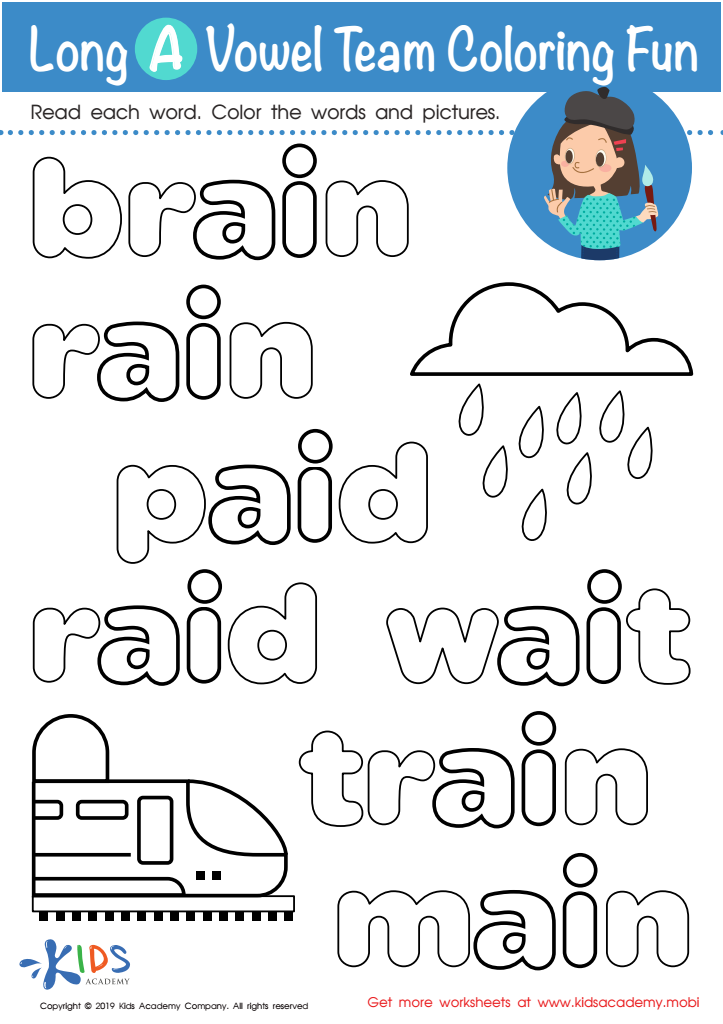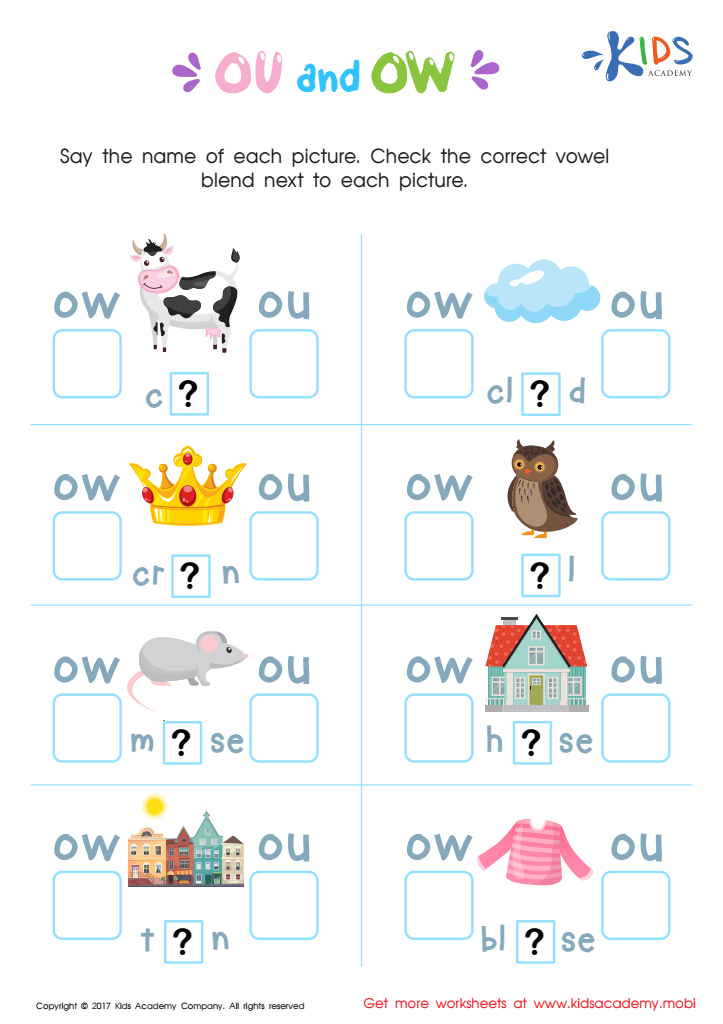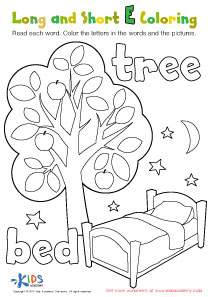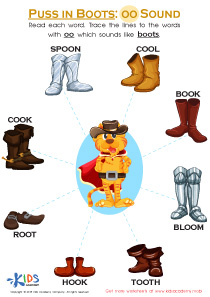Reading comprehension Normal Two Vowels Together Worksheets for Ages 3-8
3 filtered results
-
From - To
Boost your child's reading comprehension with our "Two Vowels Together Worksheets" designed for ages 3-8. These engaging worksheets focus on helping young learners understand and recognize vowel pairs, enhancing their reading skills. Fun and educational, each worksheet provides exercises that not only teach phonics but also improve comprehension, expanding vocabulary. Perfect for early readers, these printable resources are crafted to build a strong foundation in reading through interactive and enjoyable activities. Ensure your child excels in literacy with our expertly designed comprehension worksheets, making learning both effective and fun. Download now and watch your child progress!


Long A Vowel Team Coloring Fun Worksheet


Vowel Diphthongs OI OY Worksheet


OU and OW Words Worksheet
Reading comprehension and understanding vowel combinations are critical building blocks in early childhood education. From ages 3 to 8, children's brains are remarkably receptive to learning new language skills. "When two vowels go walking, the first one does the talking" is a common rule teachers and parents use to explain that usually, in vowel pairs like "boat" or "rain," the first vowel is typically pronounced while the second remains silent. Understanding this rule helps children decode words more effectively, thus laying a foundation for fluent reading.
Strong reading comprehension is not just about recognizing words; it's about understanding and interpreting meaning. When children grasp vowel patterns, they can predict the pronunciation and meaning of new words, fostering confidence and a love of reading. Improved reading skills are linked to better performance in other academic areas, such as math, science, and social studies.
Moreover, early success in reading builds self-esteem and nurtures curiosity and imagination. As kids master vowel pairings and other phonics rules, they can read independently, discover new information about the world, and improve their critical thinking skills. Therefore, investing time and effort in teaching these basics pays significant dividends in a child's overall educational trajectory.
 Assign to My Students
Assign to My Students










